This past weekend Ron Findley and I attended the WWII Air, Sea & Land Festival down in New Orleans. This is the fourth time this event has been there (it was given a new name this year), and it is an absolutely fabulous show. The primary forces behind the event are the Commemorative Air Force and the National WWII Museum in New Orleans.
I know this is supposed to be a blog about railroading, but I confess to also being an aviation addict, at least when it pertains to military aircraft. And WWII vintage aircraft are dear to my heart. Therefore, I’ve decided to relax the “rules” to accommodate this post, and show a few highlights from this year’s show. OK, a “few” are actually 28 photos, but that was culled from the 861 images I shot during the course of the day. I wish I could post them all.
Saturday morning was windy and had a heavy overcast, with a very low ceiling. Fortunately, by late morning a cold front moved into the area and pushed the clouds away. The day was chilly and very windy, with a strong north wind for the remainder of the day. But now with sunshine and an unlimited ceiling, the aircraft took flight. In years past, the flying aspect of the show was pretty much limited to take-offs and landings, with aircraft mostly used to take (paying) passengers for a short spin around town. But this year that all changed. All of the bombers and most of the fighters and trainers took to the air. And a number of them did splendid aerobatic maneuvers to the delight of the crowds. This year’s show was hands down the best thus far! I’m already looking forward to next year.
I’ll start with a few shots taken of the ground parade that was also new this year. This was basically a “pass in review” of the cars, jeeps, trucks, personnel carriers and even tanks. That was followed by various groups and organizations (some rather zany), all in good fun.
Let’s start!
At right is an M4A3 Sherman tank as it passed a parked B-29 bomber. At left, a half-track is approaching.
And here is that White M-3 half-track approaching my position. A Dodge WC-54 ambulance is seen in the distance.
A 3/4 ton truck and a CCKW deuce-and-a-half follow.
And a light M3A1 Stuart tank follows up at the rear.
Here’s the Sherman and the deuce-and-a-half parked back in the display area. There were quite a few other vehicles that I haven’t shown . . . these were just a sampling.
Let’s look at some aircraft highlights. The good news is that there was a lot of flying, and some pretty slick maneuvers going on. The bad news is that the sun was on the far side of the field. So naturally, this made photography quite difficult. Unfortunately most photos tend to be in shadows or silhouetted. But even the silhouettes are cool! So let’s get to it.
First we have a USMC PBJ, the Devil Dog, which is really a variant of a B-25 bomber. This was used for many things, but strafing was it’s specialty. Note the array of eight guns poking out of this things nose. And if that isn’t enough, there are also four .50 caliber machine guns mounted on the side of the fuselage (two on each side) just behind the pilot. Can you imagine the sheer volume of lead being rained down upon the target?!
And here is the classic North American B-25J Mitchell bomber, the Yellow Rose. Apparently these large aircraft are fairly agile seeing the way these pilots were flying them, and considering how they were used during the war beyond their intended use as bombers.
Here’s a close-up of the nose art on a Boeing B-17G Flying Fortress bomber, the Texas Raiders. She even has a bomb load inside, complete with anti-Hitler graffiti.
And here she is in flight. The markings on the plane indicate it’s from the 533rd Squadron, 381st Bombardment Group of the 8th Air Force.
The Boeing B-29A Superfortress, Fifi is coming in for a landing. In the foreground is the former control tower of the art-deco styled terminal building at the New Orleans Lakefront Airport. Fifi is one of only two B-29 bombers still in flying condition.
Here is a Curtiss-Wright P-40 Warhawk fighter. This one is in the Army Air Force livery, rather than the commonly seen Flying Tigers motif.
And here’s a beautifully restored TBM Avenger torpedo bomber. This airplane is surprisingly large! It has a crew of three. The TBM is a Grumman TBF produced by General Motors’ Eastern Aircraft Division under license.
Something a little different: a Russian Yakovlev YAK-9 fighter. This thing is rather small, but appears to be fast and agile. It was the most produced Soviet fighter of all time.
Now what would an air show be without a P-51? Many consider the North American P-51D Mustang to be the most beautiful aircraft produced during WWII. Here’s Gunfighter coming in for a strafing run.
Gunfighter buzzes by the B-29 Fifi as she taxis out for a takeoff.
The Gunfighter put on quite a show, complete with loops, wing-overs, rolls, and more! This airplane is very fast and agile, and it always impresses the crowd.
Someone has sounded an alert! Here’s an FM-2 Wildcat springing into action. No, I didn’t tilt the camera for effect. With this airplane’s ability to launch from aircraft carriers, coupled with the stiff headwind that day, the thing literally leaped into the air within moments of the pilot opening the throttle. Grumman Aircraft was focused on the development of the new F6F fighter, so they licensed production of the F4F Wildcat to General Motors’ Eastern Aircraft Division, hence the designation of FM-1, then the FM-2.
And here’s what caused the scramble, three Japanese Zeros! Looks like the one on the left has just been hit.
And it looks like this Zero has been wounded as it was strafing the field where this B-17 is trying to taxi out to the runway.
Well, the Wildcat is that Zero’s problem. He’s hot on his tail. I was surprised by the performance of the Wildcat. It was one of the hardest aircraft to photograph due to it’s small size, it’s speed and it’s maneuvering.
With the Zero dispatched, the Wildcat can celebrate….
….with a victory roll.
And in the meantime:
The third Zero is frantically trying to avoid the hail of lead about to come his way! These aircraft are Japanese Zero replicas created from AT-6 Texans. They’ve been featured in several movies and in scores of airshows.
Actually, there were many more aircraft flying than what I’ve shown here. And there were a couple dozen aircraft on display that didn’t fly at all on Saturday. I wish I had room to show them all. There was even a (surprise) low-level flyover by a B-52 bomber!
The title of the post indicates air, sea and land. You’ve seen the air and the land, but what about the sea? The WWII museum recently completed restoration of a Navy PT boat, which was on display in the adjacent yacht harbor. Unfortunately we just didn’t have time to make it over there to check out the boat. However, since it is local to New Orleans, we can go visit it on another day, and without the pressure of trying to see too much in one day. Indeed, the biggest problem I’ve had in viewing the displays downtown at the museum has been the overwhelming abundance of displays. It’s impossible to see everything there in reasonable detail within a single day.
And just to show that I haven’t forgotten all about railroads, here’s a Norfolk Southern freight:
The NS mainline passes right by the airport, and this was one of 5 or 6 trains that passed during the afternoon. So there, I’ve managed to bring this post back to where it belongs.
-Jack

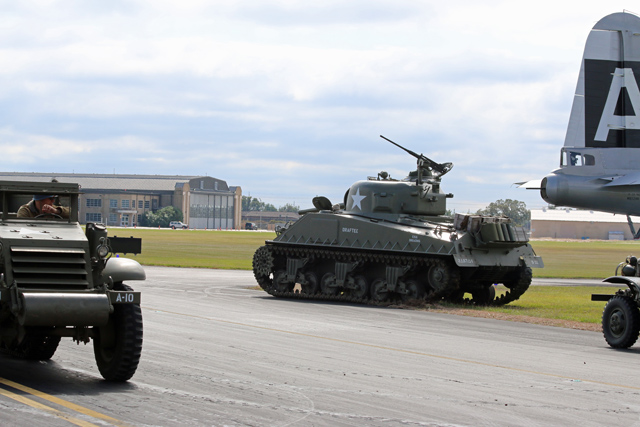
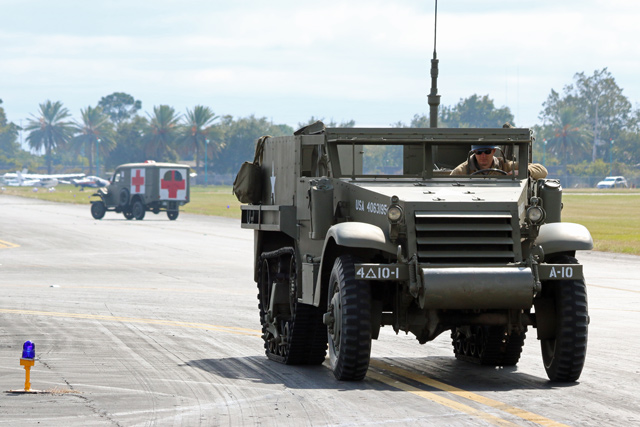
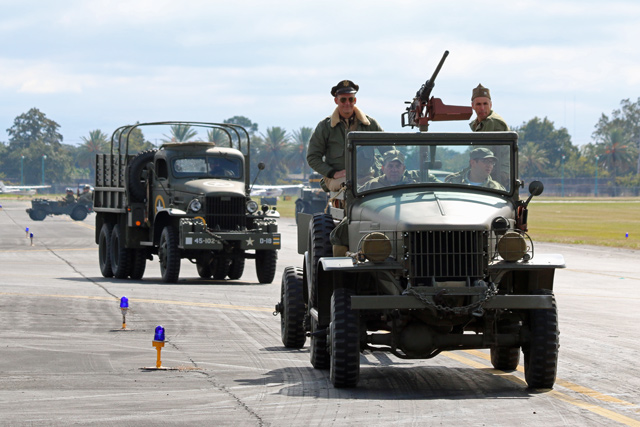

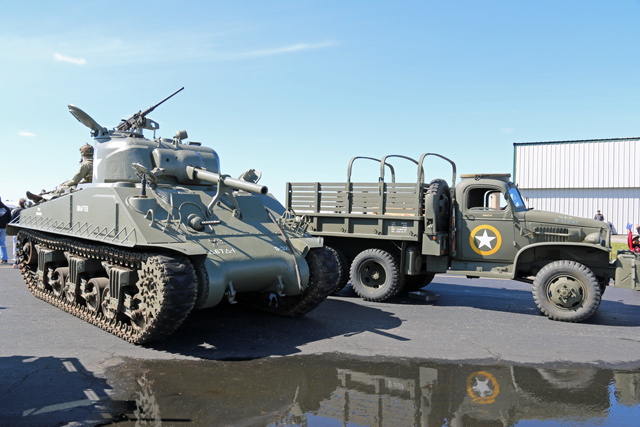
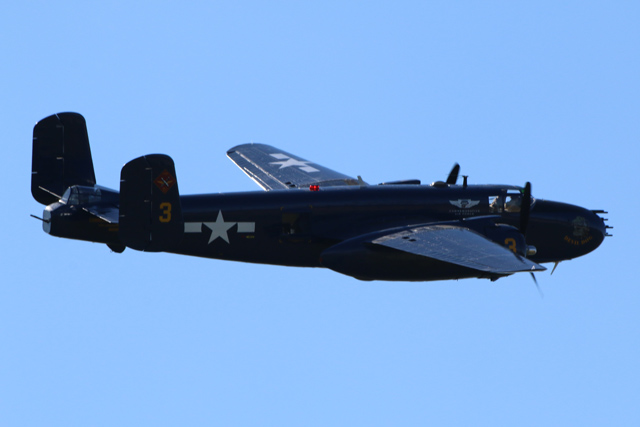
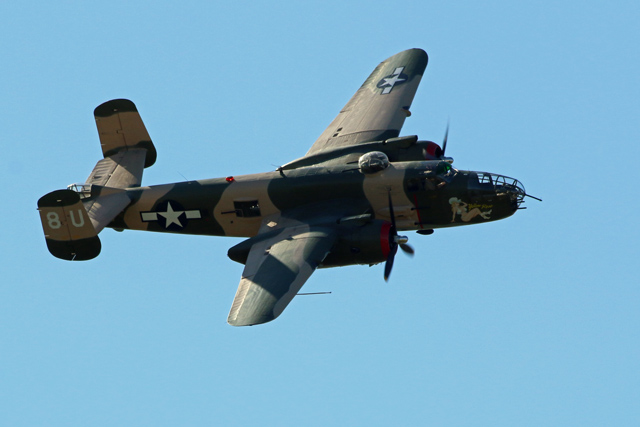
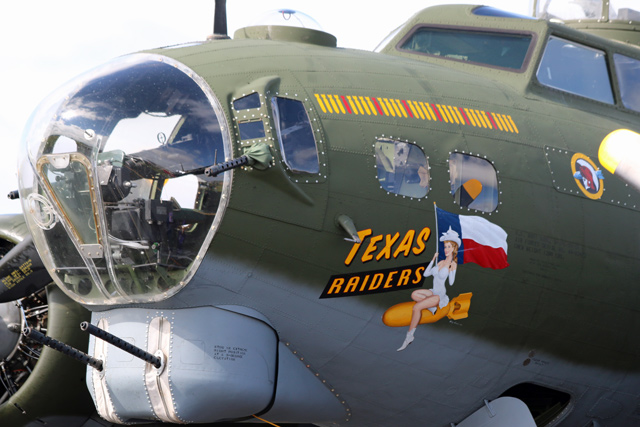
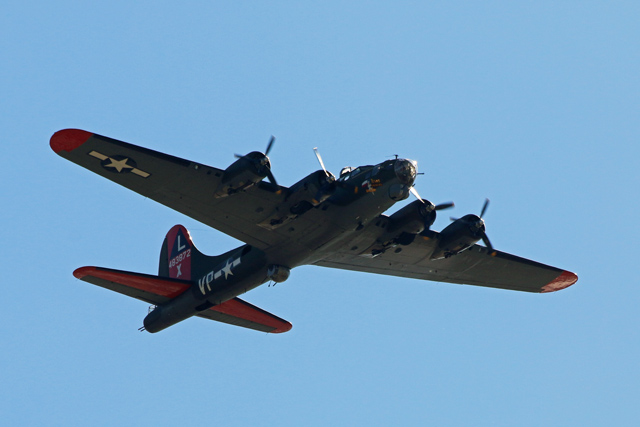
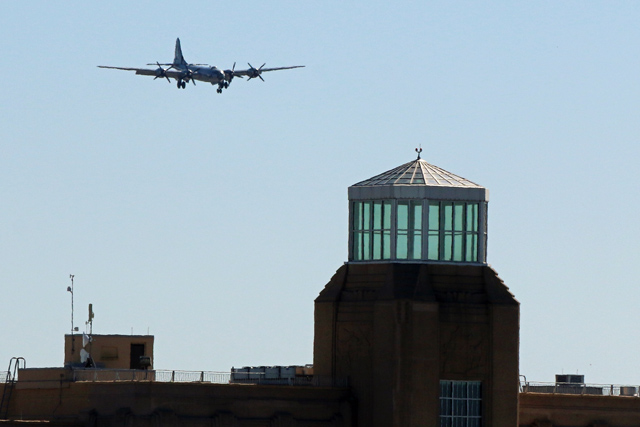
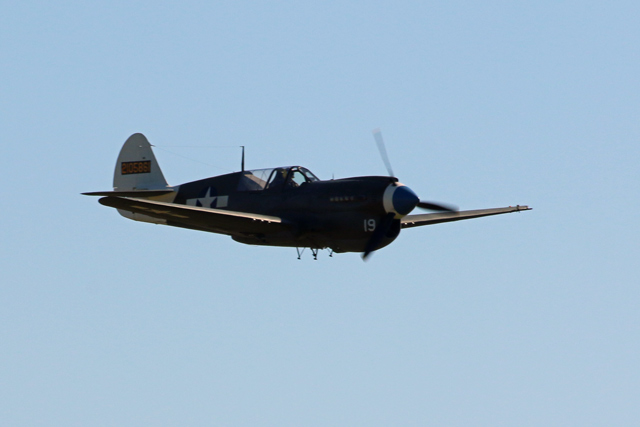
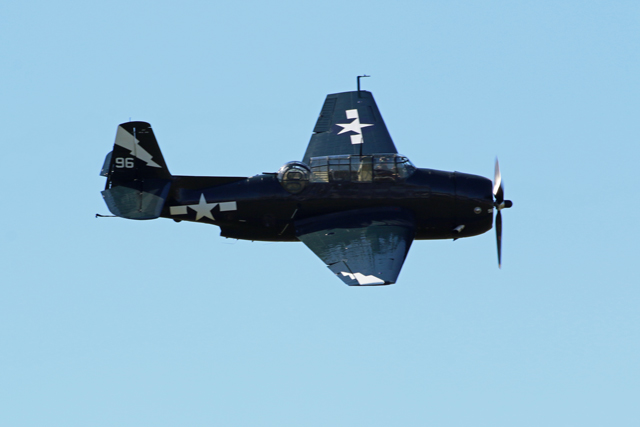
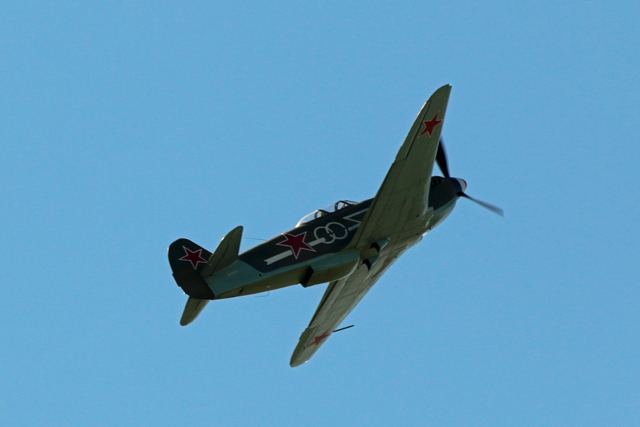
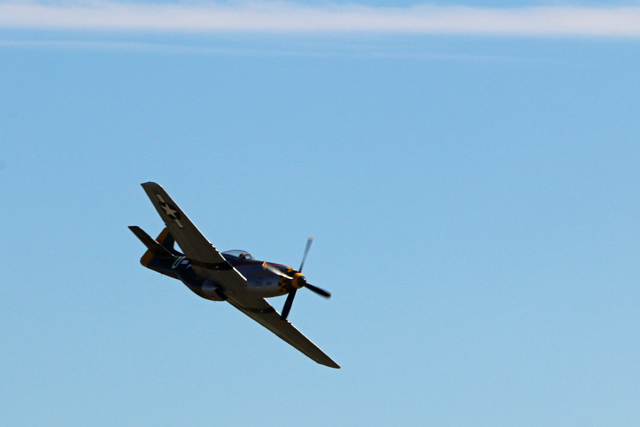
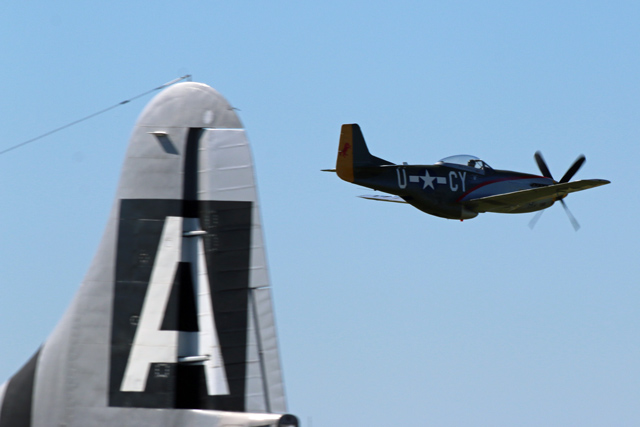
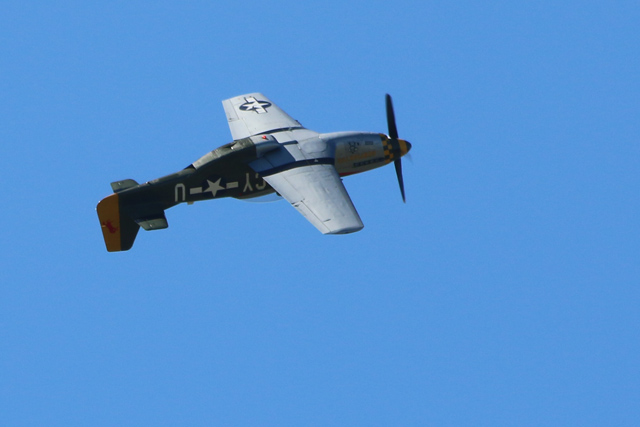
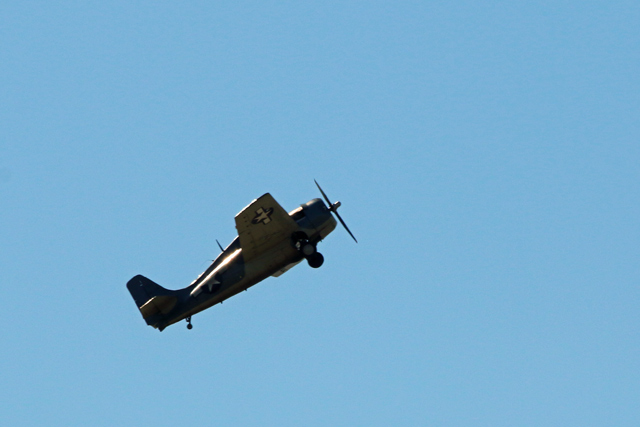

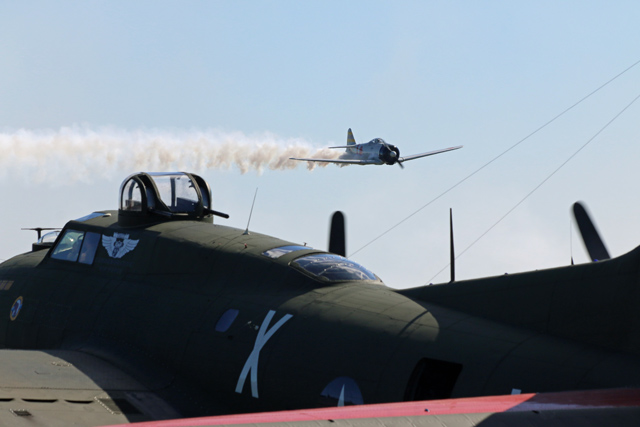
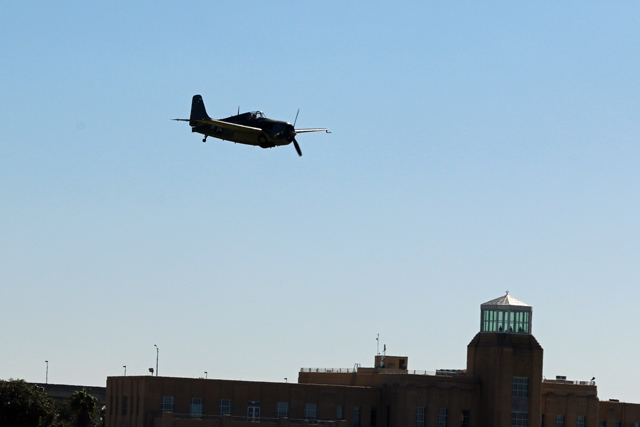
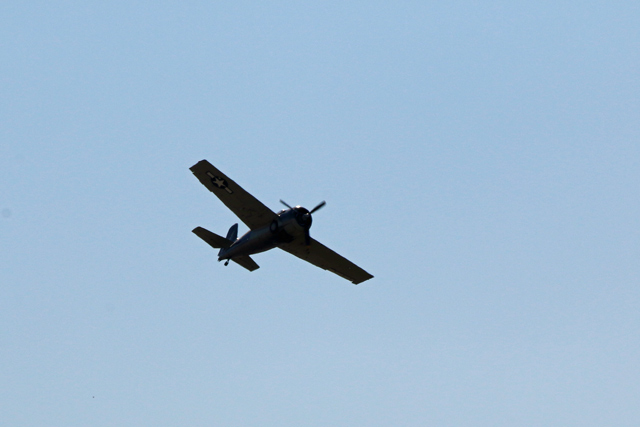
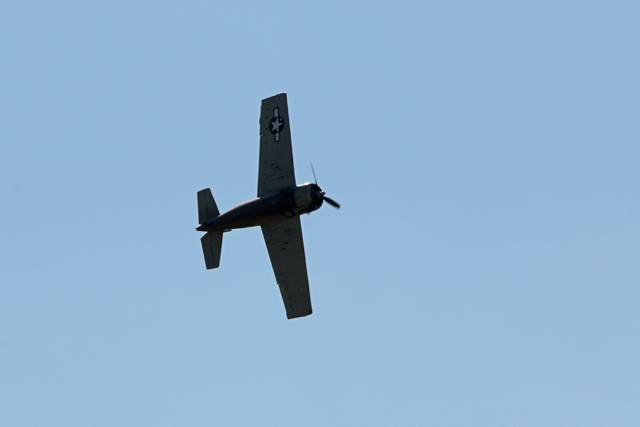
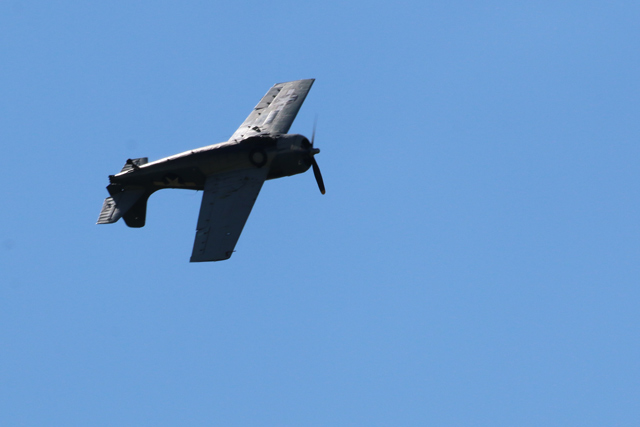
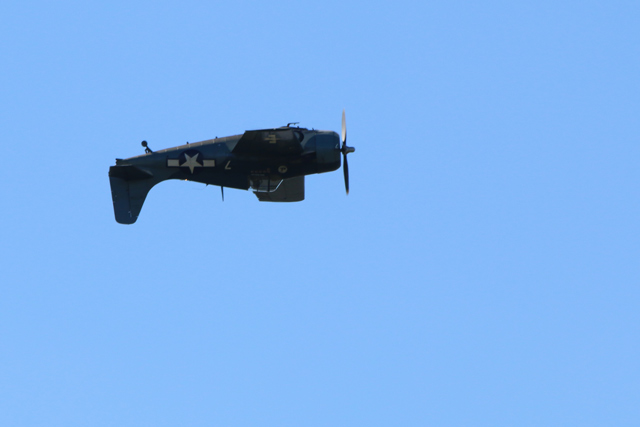
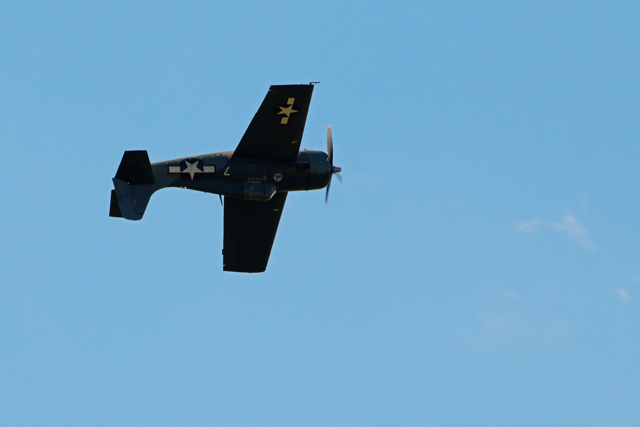
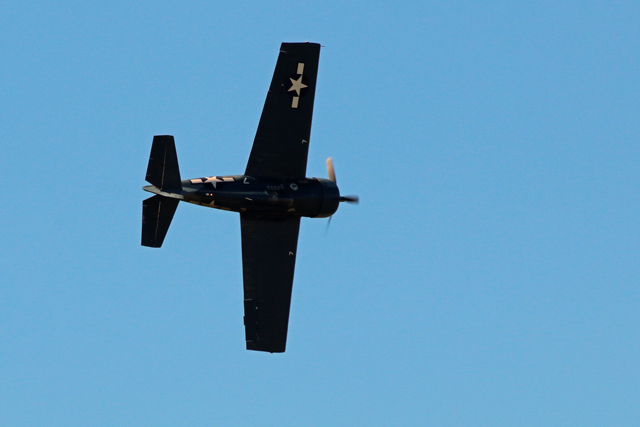
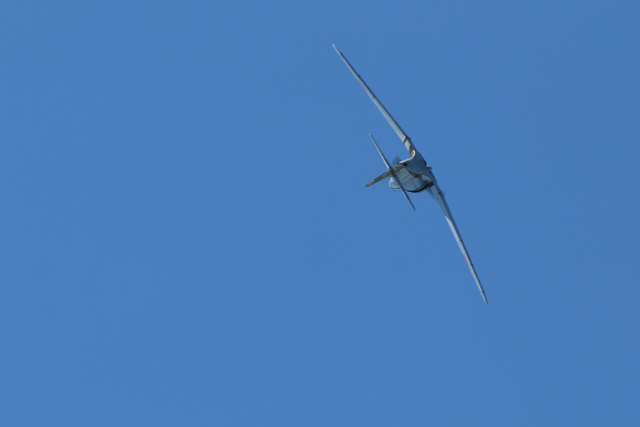
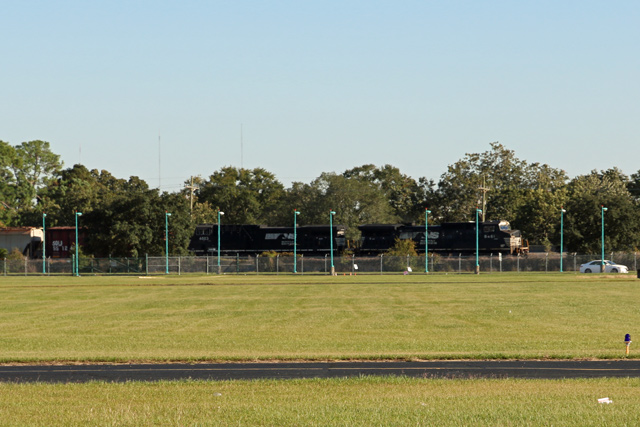
Very cool, maybe today i’ll finally post a few of my photos